Learning
How USB Works: From Connectors To Different USB Versions

(CTN NEWS) – Are you curious about how USB works? USB, or Universal Serial Bus, is a popular technology that allows us to connect various devices to our computers.
Whether you’re transferring files or charging your smartphone, USB has become an essential part of our digital lives.
In this comprehensive guide, we’ll explore the inner workings of USB.
Introduction
USB was first introduced in 1996 and has since become the de facto standard for connecting peripherals to computers.
It was designed to simplify connecting devices to a computer, and it has been wildly successful in doing so.
USB has evolved over the years, with each new version offering faster transfer speeds and improved functionality.
How USB Works
USB uses a four-wire serial bus to transfer data between devices. The four wires are VCC, GND, D+, and D-. VCC and GND provide power to the device, while D+ and D- transmit the data.
The data is transmitted in packets, which are sent from the host (the computer) to the device (the peripheral).
USB supports two types of data transfers: synchronous and asynchronous. Synchronous transfers are used for time-sensitive data, such as audio and video streams.
Asynchronous transfers are used for non-time-sensitive data, such as file transfers.
USB also supports various transfer speeds, ranging from the original USB 1.0, which offered a transfer rate of 12 Mbps, to the latest USB 4.0, which offers a transfer rate of up to 40 Gbps.
Types of USB Connectors
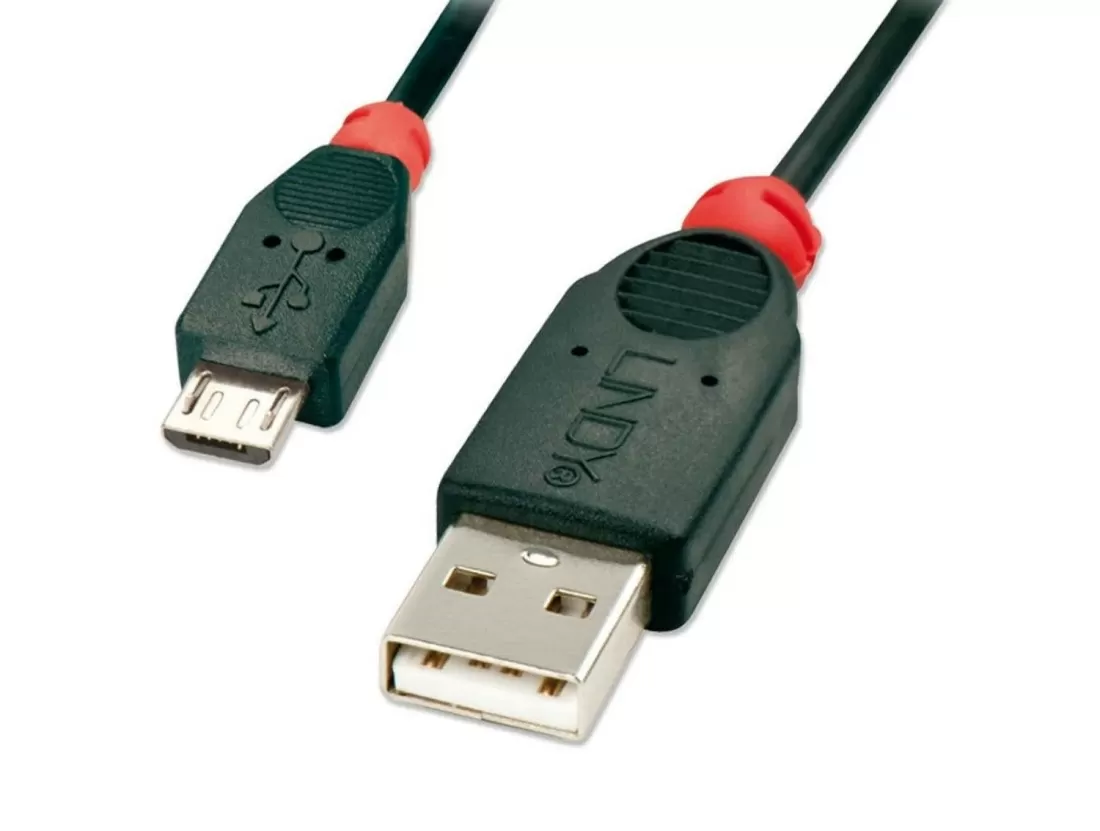
USB has several types of connectors, each with its own unique shape and size. Here are some of the most common types of USB connectors:
USB-A
USB-A is the most common type of USB connector. It’s the flat, rectangular connector that you’ll find on most computers and laptops. USB-A is designed for host devices, such as computers and hubs.
USB-B
USB-B is a square-shaped connector that’s typically used for peripheral devices, such as printers and scanners. It’s less common than USB-A and has largely been replaced by other connectors.
Mini-USB
Mini-USB is a smaller version of USB-B and was commonly used for mobile devices, such as digital cameras and MP3 players. The micro-USB connector has largely replaced it.
Micro-USB
Micro-USB is a tiny connector that’s commonly used for mobile devices. It’s found on smartphones, tablets, and other small devices. Micro-USB is slowly being phased out in favor of USB-C.
USB-C
USB-C is the newest type of USB connector and is quickly becoming the standard for new devices. It’s a small, reversible connector that’s capable of high-speed data transfer and can also be used for charging devices.
USB Versions
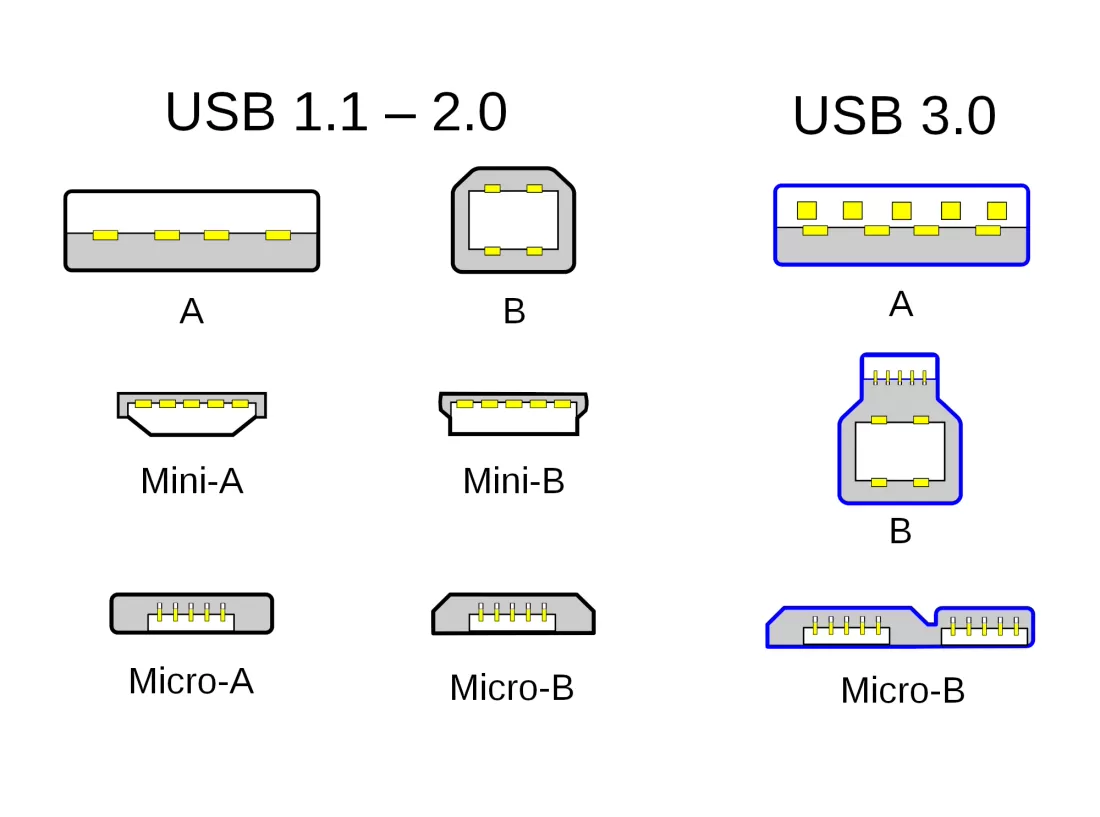
USB has gone through several iterations over the years, each with its own unique features and capabilities. Here’s a brief overview of the different USB versions:
USB 1.0 and 1.1
The original USB 1.0 specification was released in 1996, with a transfer rate of 12 Mbps. USB 1.1, released in 1998, increased the transfer rate to 12 Mbps.
USB 2.0
USB 2.0 was released in 2000 and offered a transfer rate of up to 480 Mbps. It was a significant improvement over USB 1.0 and quickly became the standard for most devices.
USB 3.0
USB 3.0, also known as SuperSpeed USB, was released in 2008 and offered a transfer rate of up to 5 Gbps, which was ten times faster than USB 2.0.
USB 3.0 also introduced new features such as improved power management and bi-directional data transfer.
USB 3.1
USB 3.1, also known as SuperSpeed+ USB, was released in 2013 and offered a transfer rate of up to 10 Gbps. It also introduced a new connector, USB-C, which is smaller and reversible.
USB 3.2
USB 3.2 was released in 2017 and offered a transfer rate of up to 20 Gbps. It introduced a new transfer mode, called dual-lane, which allows for even faster data transfer.
USB 4.0
USB 4.0 was released in 2019 and offers a transfer rate of up to 40 Gbps. It also supports features such as Thunderbolt 3 and DisplayPort 1.4.
USB Data Transfer
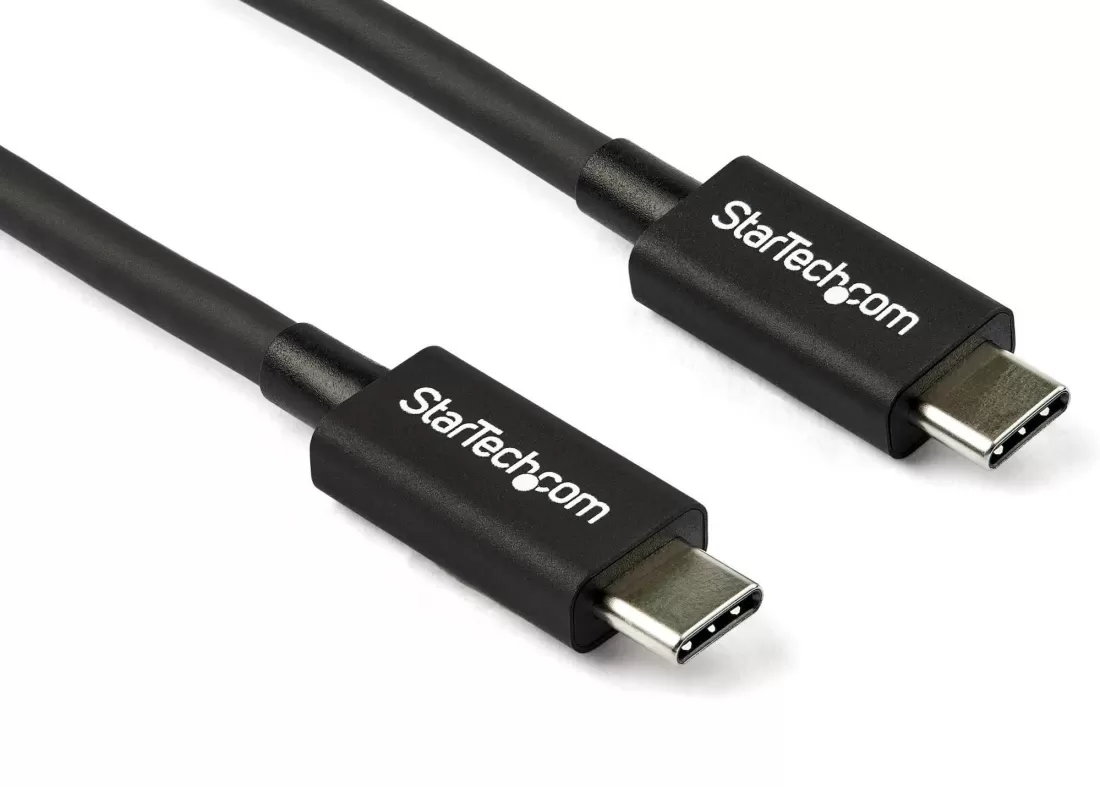
USB data transfer is based on a master-slave relationship between the USB host and the USB device. The USB host is the master, and the USB device is the slave.
USB Packets
Data is transmitted over USB in packets. Each packet consists of a header, data, and a checksum. The header contains information about the packet, such as its length and type.
The data contains the actual data being transmitted. The checksum is used to ensure that the data has been transmitted correctly.
USB Bus
The USB bus is the pathway that the packets travel along. It consists of two wires: a data wire and a power wire. The data wire is used for transmitting data, while the power wire is used for providing power to the USB device.
USB Speeds
USB speeds are measured in Mbps (megabits per second). The speed of a USB connection depends on the version of USB being used and the type of USB device.
- USB 1.0 and 1.1 have a maximum speed of 12 Mbps
- USB 2.0 has a maximum speed of 480 Mbps
- USB 3.0 has a maximum speed of 5 Gbps
- USB 3.1 has a maximum speed of 10 Gbps
USB Power Delivery
USB Power Delivery, or USB-PD, is a standard that allows for higher power delivery over USB. With USB-PD, you can charge devices faster and even power laptops and other high-powered devices.
USB-PD works by negotiating the power requirements between the device and the charger. This allows for more efficient power delivery and can even allow for devices to charge each other.
Conclusion
USB has become an essential part of our digital lives, allowing us to connect a wide variety of devices to our computers.
Understanding how USB works can help you troubleshoot issues and make informed decisions when purchasing new devices. With the introduction of USB 4.0 and USB Power Delivery, the future of USB looks bright.
So, that’s how USB works! We hope you found this guide helpful.
RELATED CTN NEWS:
How To Change Age On Facebook Through Web & Mobile App
How To Add Text To Photos On Android, iPhone, or iPad, Windows, Mac
How To Schedule An Email In Gmail: Tips [+Edit Or Delete A Scheduled Email]

Learning
First-Time Buyer’s Guide to the UK Property Market

Entering the UK property market as a first-time buyer can feel both exciting and daunting. The process is filled with potential pitfalls and complex decisions, but with the right guidance, it can be navigated smoothly. The estate agents in Yorkshire demystify the journey from the initial decision to buy a home to the moment you step over the threshold of your new property.
Understanding Your Financial Position
The first and perhaps most crucial step in the home-buying process is understanding your financial situation. This includes assessing your savings, income, and current debts. Here’s how you can prepare:
1. Deposit: Generally, you’ll need at least 5% of the property price as a deposit, though aiming for 10% or more can provide better mortgage rates.
2. Income and Expenses: Use a budget planner to assess your monthly income against your expenses. This will help you understand how much you can afford in monthly mortgage repayments.
3. Credit Score: Lenders will evaluate your credit score to determine your mortgage eligibility. So it’s important to have a good credit score, and you should work on it if required.
4. Mortgage Options: Speak to a mortgage advisor to understand different types of mortgages, such as fixed-rate, variable-rate, and help-to-buy schemes.
Getting a Mortgage Agreement in Principle
A Mortgage Agreement in Principle (AIP) is a statement from a lender indicating how much they’ll likely lend you. You will be a more attractive buyer with an AIP as it shows sellers you’re serious and financially prepared.
Deciding What You Want
Before you start viewing properties, it’s essential to know what you’re looking for. Consider the following factors:
1. Location: Proximity to work, schools, public transport, and amenities are key. Research neighbourhoods to find the best fit for your lifestyle.
2. Property Type: Decide whether you want a flat, terraced house, semi-detached, or detached property. Each has its pros and cons.
3. Must-Haves: Make a list of non-negotiables, such as the number of bedrooms, garden size, and parking facilities.
4. Future Proofing: Consider your future needs. Are you planning to start a family? Do you need space for a home office?
Starting the Property Search
With a clear idea of what you’re looking for, you can begin your property search. Here are some tips:
1. Use Online Portals: Websites like Rightmove, Zoopla, and OnTheMarket are excellent starting points. Set up alerts to get notified of new listings that meet your criteria.
2. Visit Estate Agents: Register with local estate agents who can provide insights into the market and inform you of new properties before they’re listed online.
3. Attend Viewings: Don’t rush this part. Visit several properties to get a feel for what’s available in your price range.
Making an Offer
Once you find a property you love, it’s time to make an offer. Here’s how to approach it:
1. Research: Check the selling prices of similar properties in the area to gauge a fair offer.
2. Negotiate: Don’t be afraid to negotiate. The starting point is most usually the asking price.
3. Conditions: You might include conditions in your offer, such as the inclusion of certain fixtures or a specific moving date.
The Legal Process
If your offer is accepted, the legal process begins. You’ll need a solicitor or licensed conveyancer to handle the legalities. Here’s what to expect:
1. Conveyancing: This is the legal transfer of property ownership. Your solicitor will handle this, including conducting searches, dealing with the Land Registry, and transferring the funds.
2. Surveys and Inspections: Arrange for a property survey to check for structural issues. There are different types of surveys, from basic condition reports to full structural surveys.
3. Mortgage Finalisation: Once the survey is complete and satisfactory, your mortgage can be finalised.
4. Exchange of Contracts: This is when the sale becomes legally binding. You’ll pay your deposit at this stage.
5. Completion: On the agreed completion date, the remaining money is transferred, and you receive the keys to your new home.
Moving In
Moving day can be hectic, but planning can ease the stress:
1. Hire a Removal Company: Book a reliable removal company well in advance. Discover the best deals by getting quotes from multiple companies.
2. Pack Strategically: Label your boxes by room and keep essential items accessible.
3. Notify Utilities and Change Address: Inform your utility providers of your move date and update your address with banks, the DVLA, and other important institutions.
Settling In
Get settled. Introduce yourself to the neighbours, familiarise yourself with the local area, and really start to make the place your own.
Here are a few final tips:
1. Safety Checks: Make sure that your smoke alarms and carbon monoxide detectors are working, and make sure that you know where the gas and electricity meters are located.
2. Maintenance Plan: Keep a record of the smooth functioning of your new home with a maintenance schedule, complete with regular checks and seasonal tasks.
3. Personal Touches: Add personal touches to make the space feel like home. This can be from putting up family photos or redoing the decoration in your rooms.
Conclusion
Buying your very first home in the UK is most definitely a milestone, difficult and full of challenges but rewarding in the end. Such a philosophy guides you in understanding finances and knowing what you want to achieve from detailed research, and seeking professional advice that confidently helps you navigate the property market. Yes, the journey may have its hurdles, but in the end—owning your own home—the reward will be worth the effort. Welcome to your new chapter!
SEE ALSO: Conquer the Chaos: Hacks to Clean Your Home in Half the Time
Learning
5 Health Benefits of Regular Pedicures
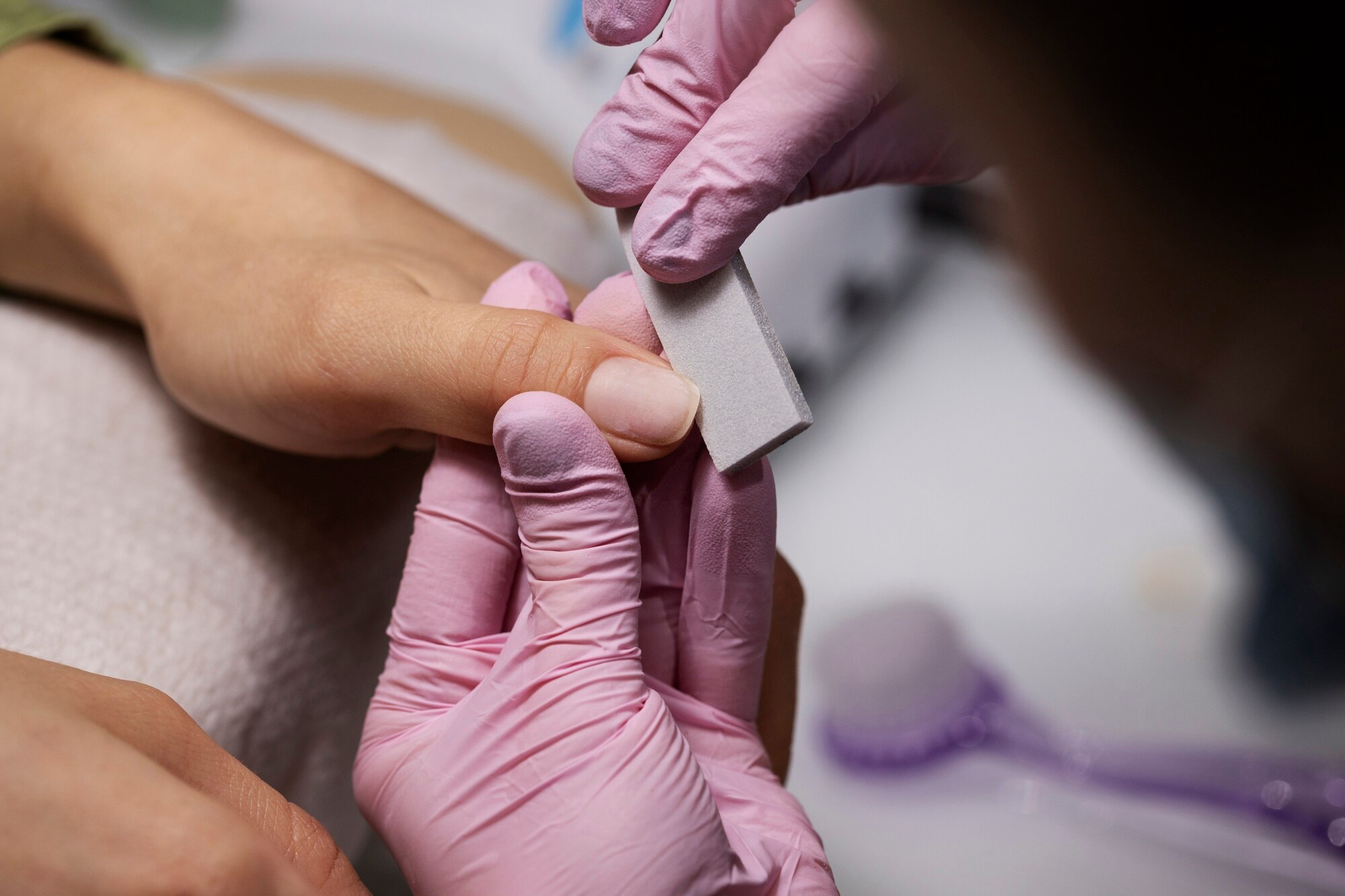
There’s nothing quite like a pedicure to keep your feet looking and feeling their best, but did you know that pedicures do more than simply enhance the appearance of your feet? Many people don’t realize that regular pedicures can come with a wide range of health benefits that can promote the well-being of your feet, so here are some ways that your routine pedicure keeps both your toenails and feet in the best condition possible!
Smoother Skin
One of the biggest misconceptions about pedicures is that they only cater to and look after your toenails. While you’ll definitely be leaving each session with a fresh coat of nail polish, your pedicure can also do wonders for the health of your skin. Aside from trimming and shaping your nails and cuticles, you’ll notice that your nail technician also dedicates a few steps to the skin of your feet.
After inspecting your feet and looking for any issues or imperfections that may need to be addressed, your technician will work on an exfoliating scrub to remove any dead skin cells. This step may also be aided by a foot file, which can be used to buff away any calluses and other problem areas manually.
Softer Skin
After your nail technician addresses all the problem areas of your feet and removes any unwanted dead skin cells, he or she will often massage in a moisturizing product, such as lotion, cream, or butter, to ensure that your skin is properly moisturized. These products contain skin-loving ingredients that will ensure that your feet have everything they need to look and feel their best so that you can walk out of your pedicure with a renewed sense of confidence.
Healthier Nails
After your pedicure session, your nails will not only look better due to the fresh coat of nail polish, but they’ll also be healthier and stronger. This is because your nail technician takes their time to ensure that your nails are properly looked after through steps that include deep cleaning, nail trimming, nail filing, and cuticle care. All of these things work together to prevent issues like ingrown nails from occurring, all the while improving the appearance of your nails.
Increased Blood Circulation
While the specific steps included in your pedicure will depend on the beauty salon, most pedicures will have a massage step somewhere in the mix. One of the often overlooked benefits of these massages is the increased blood circulation, which can deliver more nutrients and oxygen to your feet and nails, promoting their health and appearance. Aside from that, better blood flow means reduced tension and soreness, as well as better distributed heat throughout your body.
Reduced Infections
A significant amount of dirt and bacteria can build up on your feet without you even realizing it, but pedicures can be a great way to prevent these from happening in the first place. The exfoliation step of a pedicure removes dead skin cells as well as all the debris that may have accumulated underneath, and the deep cleaning of your toenails and cuticles also gets rid of any impurities that may have slipped beneath them, which can stop infections from happening.
These are some of the many health benefits that you can look forward to at your next pedicure appointment. However, it’s worth noting that you need to book regular sessions to truly reap all the rewards. This can be difficult, especially when you don’t feel like driving to your nearest nail salon after a long day, but the good news is that you can enjoy the salon experience in the comfort of your own home with a home pedicure service.
Learning
Commercial Boiler Installation Services London
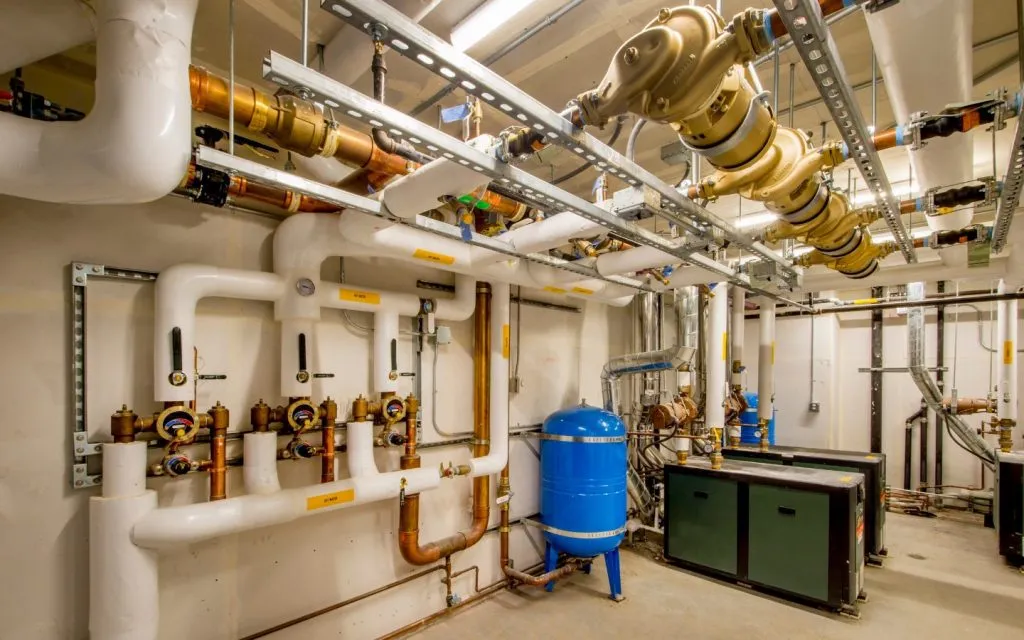
For businesses in the bustling city of London, having a reliable heating system is crucial. Whether you’re opening a new office, expanding your current premises, or simply upgrading an outdated system, commercial boiler installation services for businesses in London are essential to ensure your operations run smoothly and efficiently. Proper installation and maintenance of commercial boilers can make a significant difference in energy efficiency, cost savings, and the overall comfort of your workspace.
The Importance of Professional Installation
When it comes to installing a commercial boiler, professional expertise is paramount. Here’s why:
- Efficiency and Performance: Professional installation ensures that your boiler operates at peak efficiency, reducing energy consumption and lowering utility bills. A well-installed boiler can effectively meet the heating demands of your business without unnecessary energy waste.
- Safety: Commercial boilers are complex systems that require precise installation to operate safely. Professional installers adhere to stringent safety standards and regulations, minimizing the risk of accidents and ensuring the safety of your employees and premises.
- Compliance with Regulations: Commercial properties are subject to various building codes and regulations. Professional installers are well-versed in these requirements and ensure that your boiler system complies with all local laws and standards.
- Longevity and Reliability: Proper installation is critical to the longevity and reliability of your boiler. A professional installation can prevent common issues such as leaks, pressure problems, and system failures, ensuring that your boiler runs smoothly for years to come.
Key Considerations for Commercial Boiler Installation
When planning for a commercial boiler installation, several factors need to be considered:
- Type of Boiler: The type of boiler you choose will depend on your business’s specific needs. Options include gas boilers, oil boilers, and electric boilers, each with its own set of advantages. Consulting with a professional can help you determine the best choice for your business.
- Sizing and Capacity: The boiler’s size and capacity must match the heating demands of your commercial space. An undersized boiler will struggle to meet your needs, while an oversized one will lead to inefficiencies and higher costs.
- Location: The placement of your boiler affects its efficiency and accessibility for maintenance. Professional installers can help you choose the optimal location for your boiler.
- Integration with Existing Systems: If you’re upgrading or replacing an existing boiler, it’s essential to ensure compatibility with your current heating system. Professional installers can seamlessly integrate the new boiler with your existing setup.
Choosing the Right Installation Service
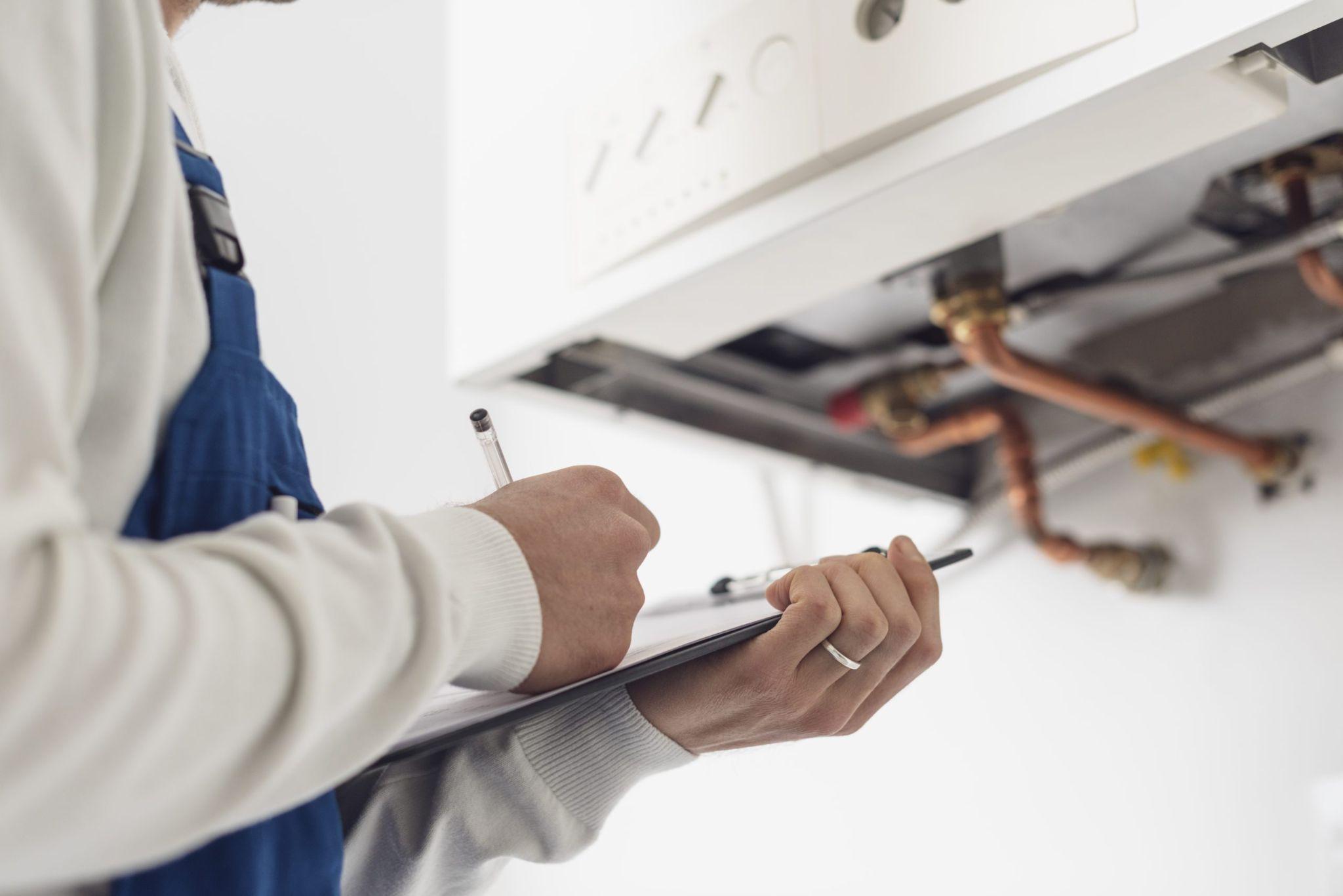
Selecting the right installation service provider is crucial to the success of your boiler installation project. Consider the following when making your choice:
- Experience and Expertise: Look for a provider with a proven track record in commercial boiler installations. Experienced installers can handle the complexities of commercial systems and provide high-quality workmanship.
- Reputation: Check reviews and testimonials from previous clients to gauge the provider’s reliability and customer satisfaction.
- Comprehensive Services: Choose a provider that offers a full range of services, including installation, maintenance, and repair. This ensures that all your boiler needs are met by a single, trusted source.
In London, ROWLEN is a reputable name known for delivering top-notch commercial boiler installation services. Their team of experts is dedicated to providing efficient, safe, and compliant installations tailored to the unique needs of businesses.
Conclusion
Investing in professional commercial boiler installation services for businesses in London is essential for ensuring efficiency, safety, and long-term reliability. By choosing an experienced and reputable service provider like ROWLEN, you can rest assured that your heating system will be installed correctly and maintained to the highest standards. Proper installation not only enhances the performance of your boiler but also contributes to the overall comfort and productivity of your business environment.
SEE ALSO:
-

 News3 years ago
News3 years agoLet’s Know About Ultra High Net Worth Individual
-
Entertainment2 years ago
Mabelle Prior: The Voice of Hope, Resilience, and Diversity Inspiring Generations
-

 Health4 years ago
Health4 years agoHow Much Ivermectin Should You Take?
-

 Tech2 years ago
Tech2 years agoTop Forex Brokers of 2023: Reviews and Analysis for Successful Trading
-

 Lifestyles3 years ago
Lifestyles3 years agoAries Soulmate Signs
-

 Movies2 years ago
Movies2 years agoWhat Should I Do If Disney Plus Keeps Logging Me Out of TV?
-

 Health3 years ago
Health3 years agoCan I Buy Ivermectin Without A Prescription in the USA?
-

 Learning3 years ago
Learning3 years agoVirtual Numbers: What Are They For?